Introduction
The basketball half court plays a crucial role in the game of basketball. It not only represents a specific area of the court but also offers unique opportunities for gameplay and skill development. While many players are familiar with full-court games, mastering the half court can significantly enhance their overall performance. In this article, we will explore the importance of the basketball half court. Additionally, we will delve into its dimensions, discuss various drills and strategies tailored for half-court play, and consider the benefits of focusing on this essential aspect of the game. Therefore, whether you are a player seeking to improve your skills or a coach looking to develop effective training programs, understanding the intricacies of half-court basketball can elevate your game.
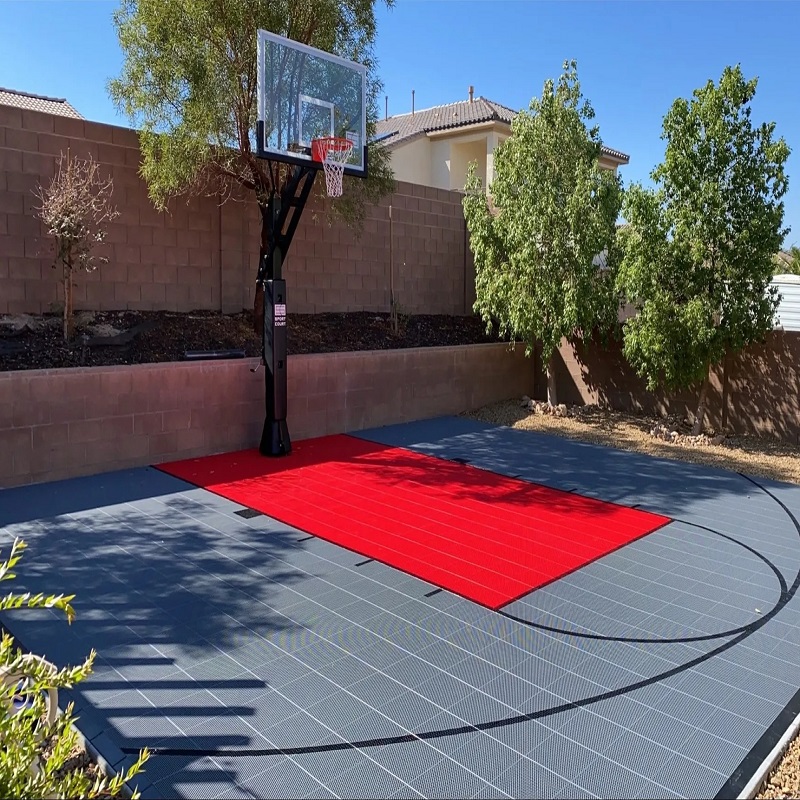
Dimensions of a Basketball Half Court
Before engaging in any half-court activities, it is important to familiarize yourself with the dimensions associated with half-court basketball. By recognizing these measurements, you will create a framework for effective practice and training.
- Half-Court Length: A standard basketball half court measures 50 feet in length. This length provides ample room for various drills, team activities, and practice sessions. Consequently, recognizing this measurement is essential for planning any half-court training regimen.
- Width of the Half Court: The width of the basketball half court measures 42 feet. This width allows players to engage in lateral movements and strategic plays while practicing their shooting and passing techniques. Understanding the spatial dynamics can help in creating effective drills.
- Three-Point Line: One critical feature of the half court is the presence of the three-point line. Specifically, this line is located 22 feet from the basket at the top of the key. Therefore, understanding the spatial relationship of this line to half-court shots can significantly influence shooting strategies during practice.
- Free-Throw Line: The distance from the free-throw line to the basketball hoop is 15 feet. This measurement is important for developing shooting techniques, particularly for free throws, which can be practiced extensively during half-court drills.
- Paint Area: Furthermore, the paint area, or key, is 16 feet wide and extends 19 feet from the baseline. This area is critical for post play and rebounding practice. Understanding its dimensions allows players to develop effective positioning strategies.
In summary, these dimensions lay the groundwork for understanding how to maximize performance on the basketball half court.
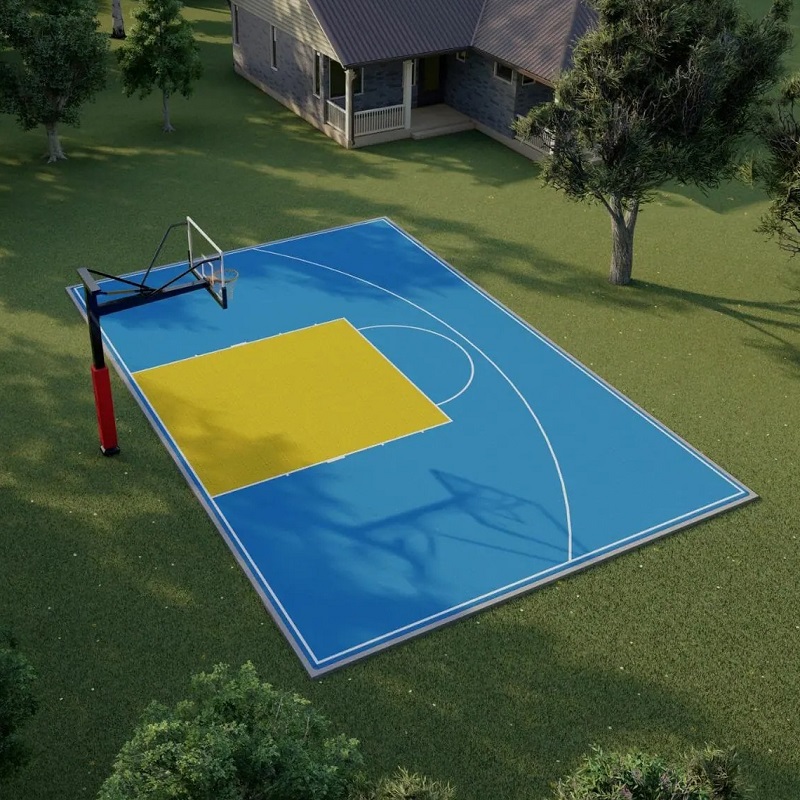
Benefits of Focusing on Half Court Basketball
Engaging in half-court basketball offers unique benefits that can greatly enhance a player’s skills. While some may view half-court play as a limitation, it is essential to recognize the advantages it provides.
- Skill Development: Practicing in a half-court setting allows players to concentrate on specific skills such as shooting, passing, and defensive techniques. Therefore, this focused environment creates opportunities for players to hone their abilities without the distractions present in full-court games.
- Increased Understanding of Game Strategy: Playing half-court basketball necessitates a deeper understanding of game strategy. For instance, players must learn how to read defenses, create space, and make quick decisions. This knowledge is invaluable for improving overall basketball IQ.
- Improved Conditioning: Engaging in half-court drills can enhance conditioning levels. Although the game is less physically demanding in terms of running, players often find themselves participating in high-intensity situations. Thus, half-court practice can promote better cardiovascular health and overall fitness.
- Tactical Defense and Offense: Half-court play emphasizes the importance of effective offensive and defensive strategies. Players learn how to set screens, execute cuts, and defend against opposing players more effectively. This tactical skills development carries over to full-court games, contributing to overall success.
- Building Teamwork: Moreover, practicing in a half-court setting encourages communication and teamwork among players. Coordinating plays and sharing responsibilities fosters trust and develops chemistry, which is vital for achieving success in any basketball setting.
In conclusion, focusing on half-court basketball allows players to develop essential skills and gain valuable insights that contribute to their overall basketball journey.
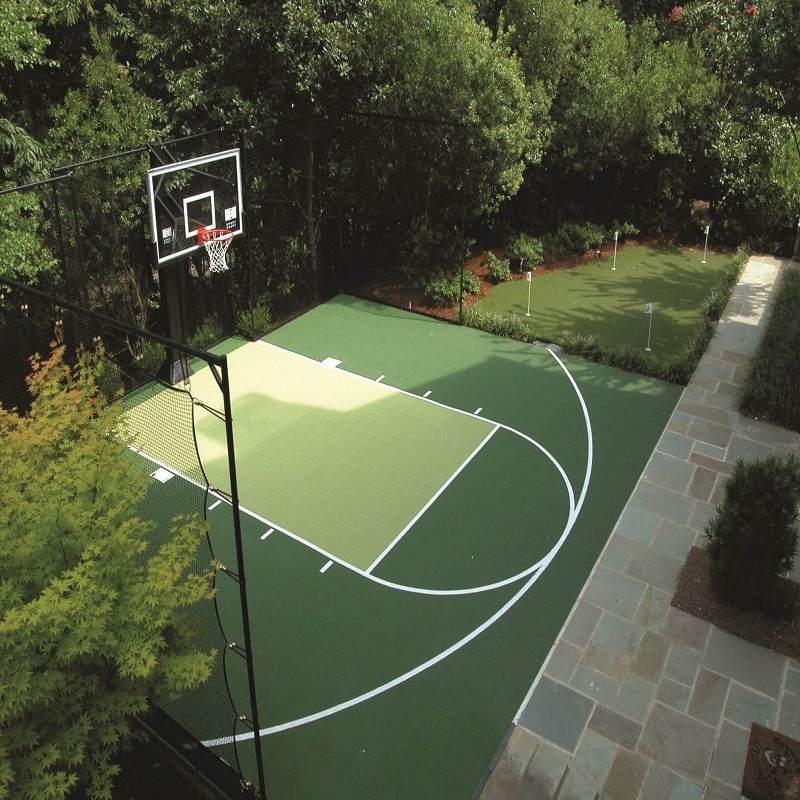
Essential Half Court Basketball Drills
Implementing effective drills is essential for maximizing the benefits of half-court basketball practice. The following are some essential drills tailored for half-court settings:
- Spot Shooting Drill: This drill is crucial for developing shooting consistency. To execute this, designate specific shooting spots around the three-point line and the paint area. Players take turns shooting from each spot, focusing on form and technique. Additionally, include variations such as shooting off the dribble and catch-and-shoot situations.
- Passing Drills: Effective passing is critical in half-court play. Therefore, set up a series of passing drills, including two-man weave, partner passing, and passing on the move. Emphasize precision, timing, and communication among players, ensuring they develop strong passing abilities.
- Defensive Slides Drill: To enhance defensive skills, conduct sliding drills that focus on lateral movement. For example, players start in a defensive stance at the baseline. They then slide along the three-point line while maintaining proper positioning. Incorporate changes in direction to mimic game-like situations.
- Cut and Screen Drill: This drill emphasizes off-the-ball movement and teamwork. Here, players practice making strategic cuts toward the basket after setting screens for teammates. The focus is on timing and executing plays effectively.
- Rebounding Drills: Establish drills that focus on boxing out and securing rebounds. For instance, set up scenarios where a shot is taken, and players must position themselves to grab the rebound effectively. Rebounding is crucial for gaining possession and creating additional scoring opportunities.
- 1-on-1 Half-Court Games: Engaging in 1-on-1 games emphasizes skill development in one-on-one situations. Players learn to utilize their individual strengths and tactics to gain advantages over opponents. Consequently, these games foster competitiveness and allow players to test their skills in real scenarios.
By implementing these drills, players can build a comprehensive skill set that enhances their abilities in the context of half-court basketball.
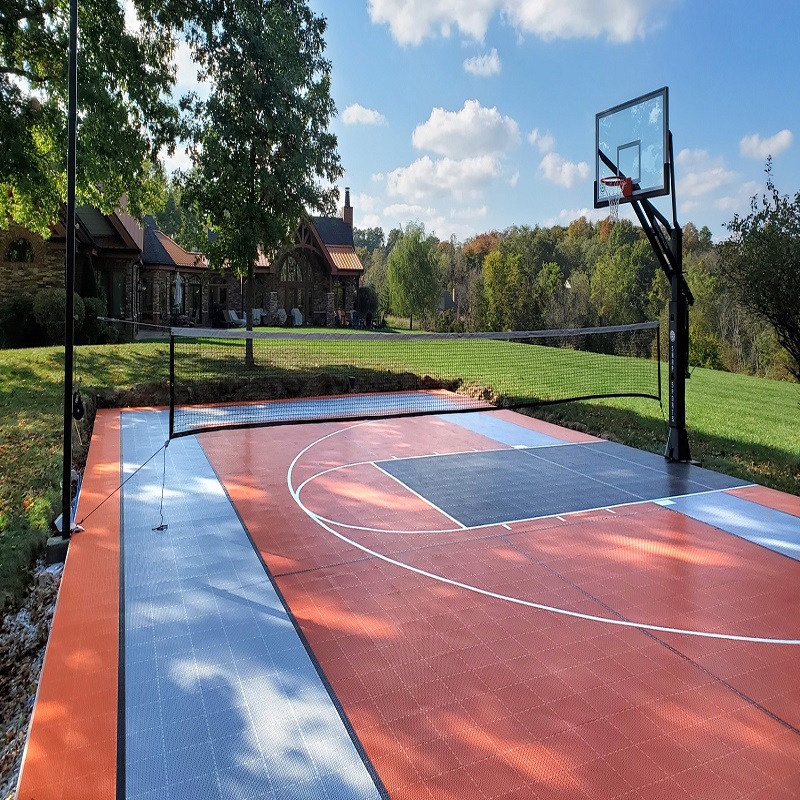
Half Court Game Strategies
Successful half-court basketball relies on effective game strategies to maximize scoring opportunities and defensive effectiveness. Players and teams often benefit from implementing these strategies:
- Spacing and Movement: First and foremost, spacing is paramount in half-court play. Players must maintain appropriate distance from each other to allow room for movement without crowding the paint. Consequently, this spacing creates passing lanes and opportunities for cuts.
- Pick and Roll: The pick-and-roll is a highly effective offensive strategy in half-court basketball. Specifically, it involves one player setting a screen for another, who then drives toward the basket or takes a shot. This play can create mismatches and open up scoring opportunities.
- Isolation Plays: During critical game situations, isolation plays can effectively exploit defensive weaknesses. Specifically, isolating a strong scorer against a designated defender creates scoring opportunities. Thus, proper spacing and player movement are essential to executing these plays successfully.
- Ball Movement: Effective ball movement is crucial for creating open shots. Encourage players to constantly pass and cut, keeping defenders engaged and creating opportunities for open shots. The phrase “move the ball, not just the players” captures the essence of this strategy, emphasizing teamwork.
- Defensive Communication: On the defensive end, communication is vital. Players must effectively communicate when switching assignments and calling out screens. This communication ensures that the defense remains coordinated and focused, thereby minimizing scoring opportunities for opponents.
- Defensive Schemes: Additionally, adopting specific defensive strategies can enhance performance in half-court settings. Zone defenses, such as 2-3 or 3-2 formations, can effectively limit scoring opportunities. Furthermore, man-to-man defense emphasizes individual responsibility and accountability.
By implementing these strategies, teams can capitalize on their strengths and secure an advantage during crucial game moments.
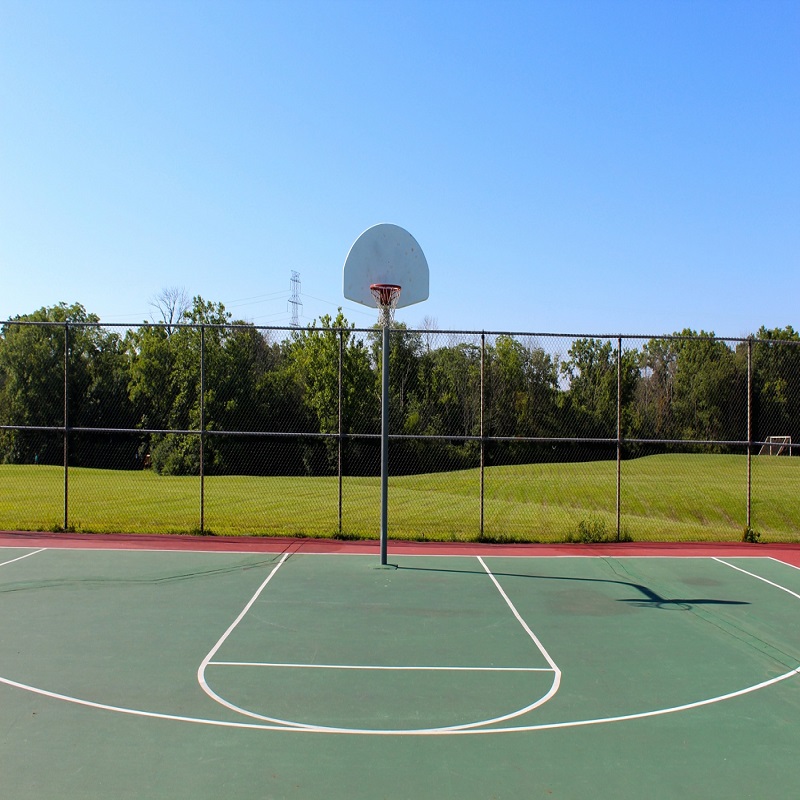
Conclusion
In conclusion, the basketball half court serves as a fundamental aspect of the game that is often overlooked. By focusing on this area, players can develop essential skills, strategies, and teamwork necessary for their success. Through understanding the dimensions, honing skills through dedicated drills, and implementing effective game strategies, both players and coaches can unlock the full potential of half-court play. Whether you’re a competitive athlete honing your skills, a recreational player enjoying friendly matches, or a coach seeking to improve team performance, recognizing the essentials of basketball half courts paves the way for success.
As players engage in half-court practice, they continuously improve their overall performance while laying the groundwork for a successful basketball experience. Whether you are working on your shooting, passing, or defensive skills, mastering the nuances of half-court basketball can provide a significant advantage. By emphasizing the importance of half-court play, we ultimately promote growth and development in the sport of basketball.
Thus, lace up your sneakers, gather your teammates, and hit the half court. Embrace the challenge, enjoy the process, and transform your game one practice session at a time!